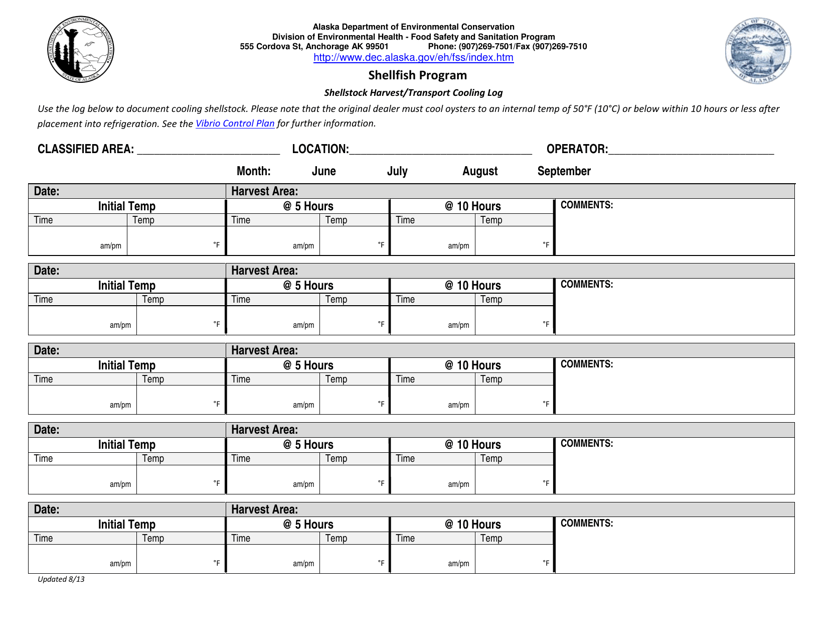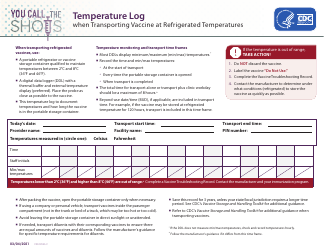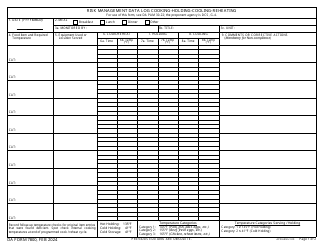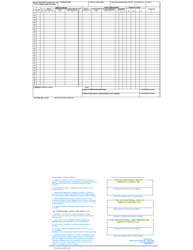Shellstock Harvest / Transport Cooling Log - Alaska
Shellstock Harvest/Transport Cooling Log is a legal document that was released by the Alaska Department of Environmental Conservation - a government authority operating within Alaska.
FAQ
Q: What is a Shellstock Harvest/Transport Cooling Log?
A: A Shellstock Harvest/Transport Cooling Log is a record that documents the cooling of shellfish after harvesting and during transportation.
Q: Why is a Shellstock Harvest/Transport Cooling Log important?
A: The log is important as it helps to maintain the quality and safety of shellfish by ensuring that they are properly cooled after harvest.
Q: Who needs to maintain a Shellstock Harvest/Transport Cooling Log?
A: Any person or business involved in harvesting or transporting shellfish needs to maintain a Shellstock Harvest/Transport Cooling Log.
Q: What information should be included in a Shellstock Harvest/Transport Cooling Log?
A: The log should include details such as the date and time of harvest, the location of harvest, the initial temperature of the shellfish, the method and duration of cooling, and the final temperature of the shellfish.
Q: Are there any specific requirements for cooling shellfish in Alaska?
A: Yes, Alaska has specific requirements for cooling shellfish, including the use of proper icing methods and maintaining temperatures below 50°F.
Q: How long should a Shellstock Harvest/Transport Cooling Log be maintained?
A: The log should be maintained for a minimum of 90 days from the date of the last entry.
Q: Who should be able to access the Shellstock Harvest/Transport Cooling Log?
A: The log should be readily available for inspection by regulatory authorities, such as the Alaska Department of Environmental Conservation.
Q: What are the consequences of not maintaining a Shellstock Harvest/Transport Cooling Log?
A: Failure to maintain a proper log or comply with cooling requirements may result in fines, penalties, or the suspension of harvesting or transportation activities.
Form Details:
- Released on August 1, 2013;
- The latest edition currently provided by the Alaska Department of Environmental Conservation;
- Ready to use and print;
- Easy to customize;
- Compatible with most PDF-viewing applications;
- Fill out the form in our online filing application.
Download a printable version of the form by clicking the link below or browse more documents and templates provided by the Alaska Department of Environmental Conservation.





